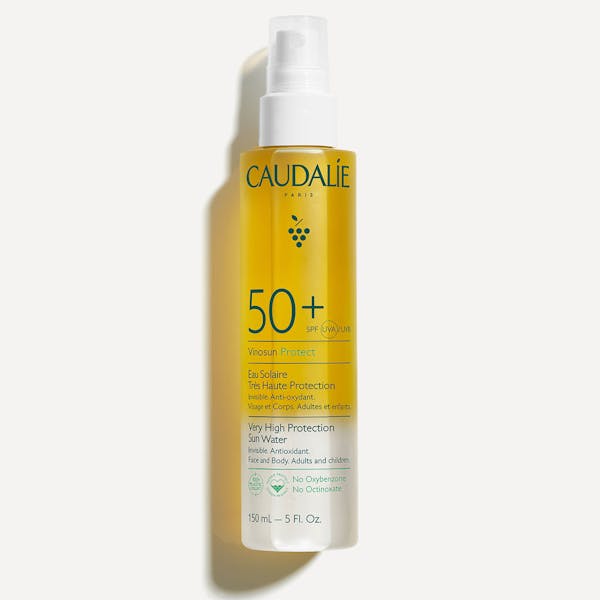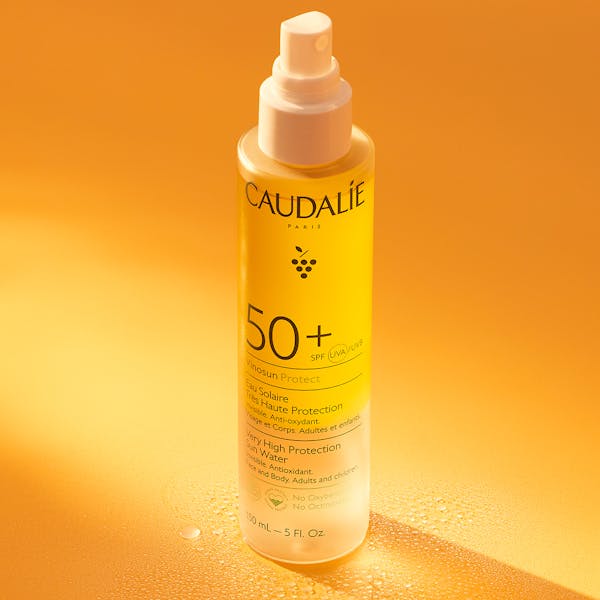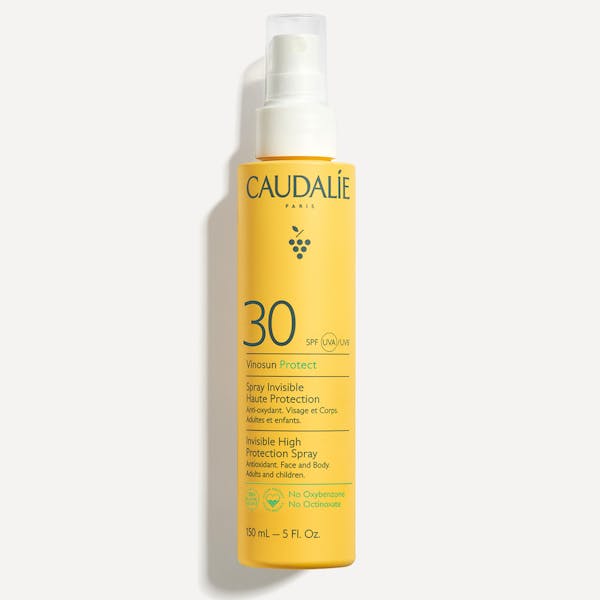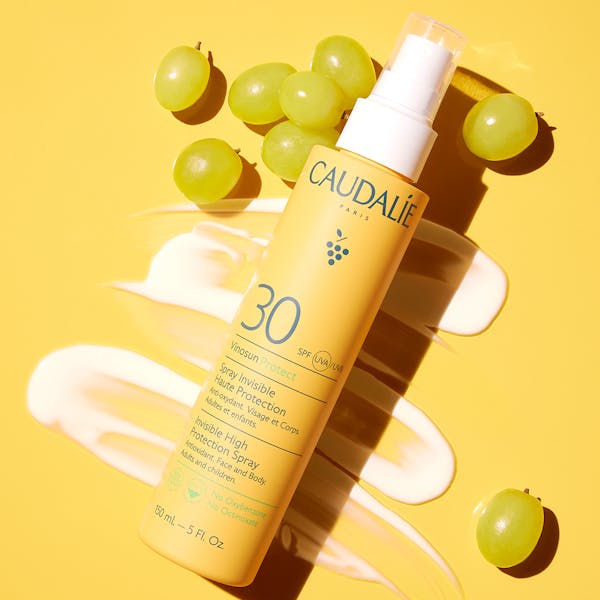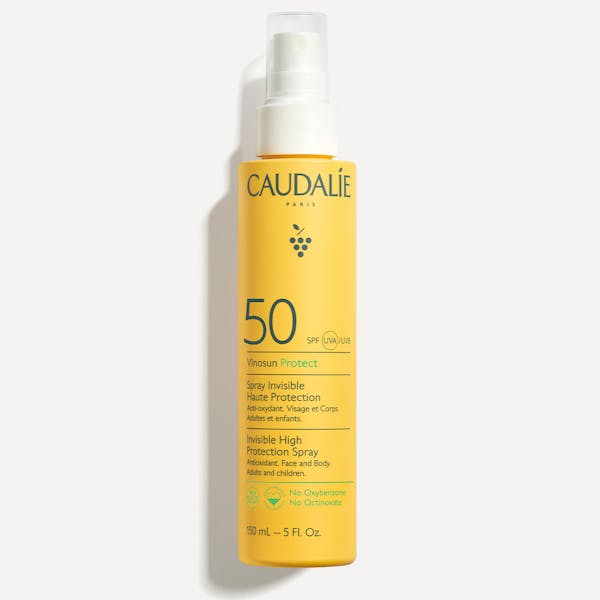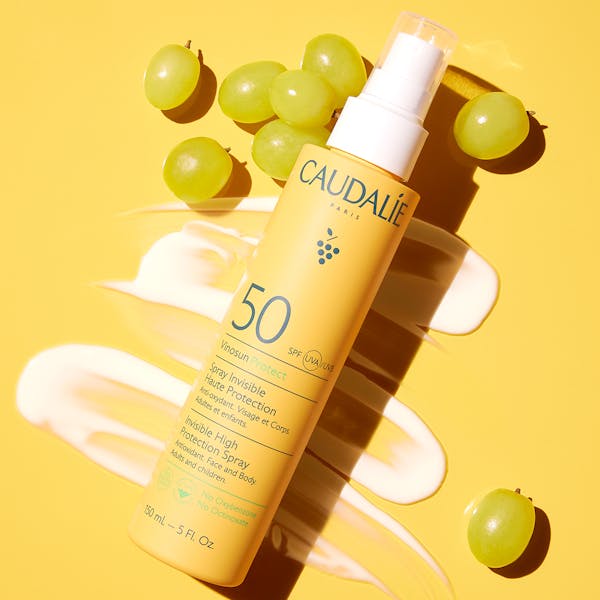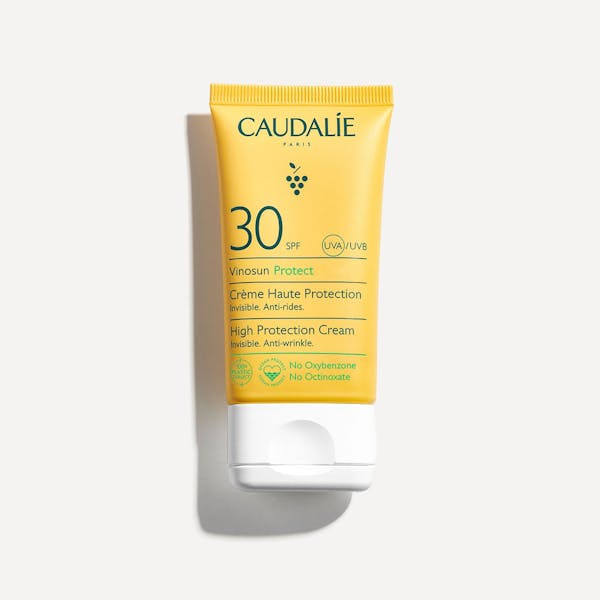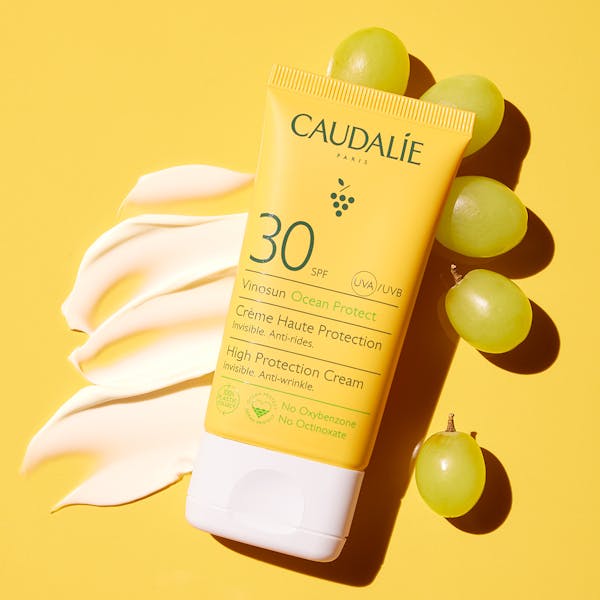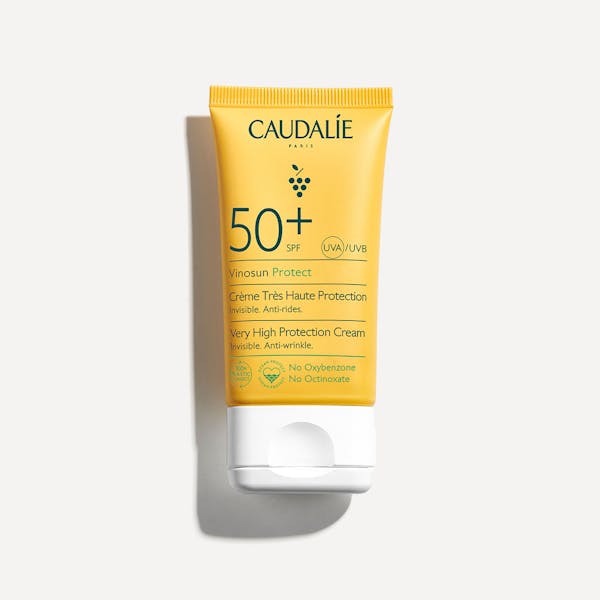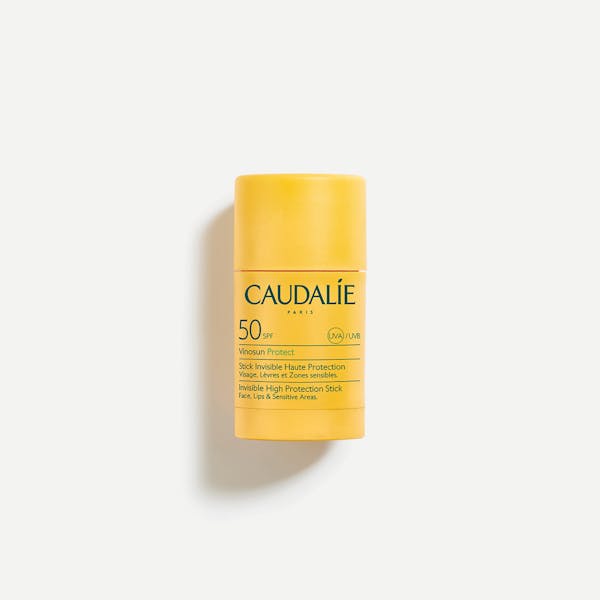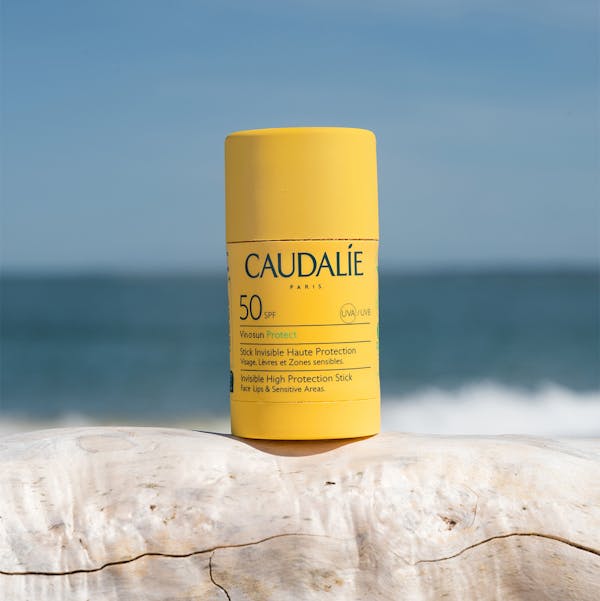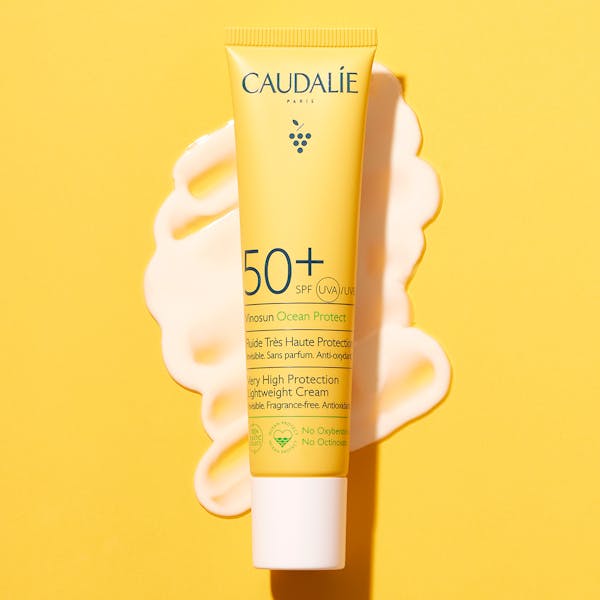Tanning is a natural process that occurs when your skin is exposed to ultraviolet (UV) rays, but not all UV rays have the same effect on your skin. Understanding the role of different UV rays in tanning can help you achieve a healthy glow while protecting your skin from potential damage.
Summary
What are UV rays and how do they work?
Ultraviolet (UV) rays are a type of electromagnetic radiation emitted by the sun. They play a significant role in tanning, but they can also cause skin damage when exposure is excessive.
The different types of UV rays: UVA, UVB, and UVC
1. UVA Rays: these rays account for about 95% of the UV radiation that reaches the Earth’s surface. They penetrate deeper into the skin, affecting the dermis. UVA rays are primarily responsible for immediate tanning, known as “bronzing,” but they can also accelerate skin ageing.
2. UVB Rays: these rays affect the outermost layer of the skin, the epidermis. UVB rays stimulate melanin production, resulting in a tan that develops over time. They are also the primary cause of sunburn and can lead to long-term skin damage if not managed properly.
3. UVC Rays: while UVC rays are the most dangerous type of UV radiation, they are absorbed by the ozone layer and do not reach the Earth’s surface. Therefore, they are not involved in tanning.
How UV rays interact with your skin?
When your skin is exposed to UVA and UVB rays, melanocytes, the pigment-producing cells in your skin, produce melanin. This pigment acts as a natural shield, absorbing UV radiation and giving your skin a darker appearance. The depth and duration of the tan depend on the balance between UVA and UVB exposure and your skin type.
Which UV rays are responsible for tanning?
While both UVA and UVB rays contribute to tanning, their roles are distinct, and understanding the differences can help you make informed choices about sun exposure.
Can you tan with UVA rays?
UVB rays are the key to developing a longer-lasting tan. They stimulate melanocytes to produce new melanin, which darkens the skin over several days. However, excessive exposure to UVB rays can cause sunburn, peeling, and long-term damage, including an increased risk of skin cancer.
Why UVC rays aren’t involved in tanning?
Fortunately, UVC rays are absorbed by the Earth’s atmosphere and do not reach the surface. As a result, they play no role in the tanning process.
Is tanning in UV rays safe?
Tanning involves exposure to UV rays, which can have both benefits and risks. Striking the right balance is essential for maintaining healthy skin.
Risks of overexposure to UV rays
Excessive exposure to UVA and UVB rays can lead to:
Skin damage: prolonged UV exposure accelerates skin ageing, causing wrinkles and loss of elasticity.
Sunburn: UVB rays can damage the outer layer of the skin, resulting in painful burns.
Skin cancer: overexposure to UV rays is a leading cause of skin cancer, including melanoma.
Eye damage: UV rays can harm your eyes, potentially leading to cataracts or other vision issues.
Benefits of controlled UV exposure
When managed carefully, UV exposure can have some benefits:
Vitamin D production: UVB rays help your skin synthesise vitamin D, which supports bone health and the immune system.
Moderate tanning: controlled exposure can result in a healthy glow while reducing the risk of burns.
Tanning methods: natural vs. artificial UV sources
When it comes to tanning, you can choose between natural sunlight and artificial methods like tanning beds. Both have their pros and cons.
Tanning under the sun
Natural tanning relies on sunlight, which provides a mix of UVA and UVB rays. Here are some tips for tanning safely under the sun:
Choose the right time: avoid tanning during peak UV hours (10 a.m. to 4 p.m.) to reduce the risk of burns.
Use sunscreen: apply a broad-spectrum sunscreen with SPF 30 or higher to protect your skin from damage.
Take breaks: alternate between sun exposure and shade to give your skin time to recover.
Tanning in a tanning bed
Tanning beds simulate natural sunlight using UV lamps. They typically emit more UVA than UVB rays, resulting in a faster tan but increasing the risk of premature skin ageing and damage. While convenient, tanning beds are associated with a higher risk of skin cancer and should be used with caution.
How to protect your skin while tanning
Whether you’re tanning naturally or using artificial methods, taking precautions can help you minimize risks and maintain healthy skin.
Sunscreen: a must-have
Choose a sunscreen with broad-spectrum protection to shield against both UVA and UVB rays.
Opt for a high SPF to reduce the risk of sunburn while allowing for gradual tanning.
Reapply sunscreen every two hours or after swimming or sweating.
Protective measures beyond sunscreen
Wear protective clothing: hats, sunglasses, and lightweight cover-ups can provide additional UV protection.
Avoid peak UV hours: limit sun exposure when UV levels are at their highest.
Stay hydrated: drinking plenty of water keeps your skin healthy and reduces the risk of dehydration during sun exposure.
The benefits of using Caudalie sun protection products
Caudalie’s sun protection range combines high-performance formulas with natural ingredients to protect your skin effectively while minimizing environmental impact.
Broad-spectrum protection: Caudalie sunscreens shield your skin from both UVA and UVB rays, reducing the risk of sunburn and premature ageing.
Lightweight textures: their formulas are designed to feel comfortable on the skin, making them perfect for everyday use and layering over skincare routines.
Skin-friendly ingredients: enriched with antioxidants like grape water and polyphenols, these sunscreens not only protect but also nourish and hydrate your skin.
Eco-responsible approach: Caudalie’s sunscreens are developed with a commitment to marine-friendly ingredients, ensuring they are safe for ocean ecosystems.
The Vinosun Protect collection by Caudalie offers products crafted with natural ingredients, ensuring optimal protection while respecting the environment. Free from parabens, sulfates, and silicones, these products are designed to provide maximum tolerance for all skin types.
Face Sunscreens SPF 30 and SPF 50: specially designed to protect the face from harmful UV rays, these sunscreens feature a lightweight, hydrating formula that’s perfect for daily use, even under makeup. Suitable for all skin tones, they effectively shield against sunburn and photoageing while maintaining the skin’s elasticity and hydration.
SPF 30 and SPF 50 Sunscreens & SPF 50 Solar Water: these products are ideal for protecting the body during sun exposure. Their hydrating and lightweight formulas allow for easy and even application, ensuring effective UV protection while being gentle on the skin and environmentally friendly. Perfect for beach days or outdoor activities, they provide reliable protection while caring for your skin and nature.
Tanning is primarily influenced by UVA and UVB rays, each playing a unique role in the process. While UVA rays offer a quick tan, UVB rays provide a deeper, longer-lasting glow. However, it’s crucial to balance your exposure to UV rays with proper skin protection to avoid the risks of sunburn and long-term damage.
LATEST BEAUTY NEWS
- Personal data & Cookies
- T&C
- Legal Note
- Loyalty Program
- MYCAUDALIE terms
© Caudalie Copyright
